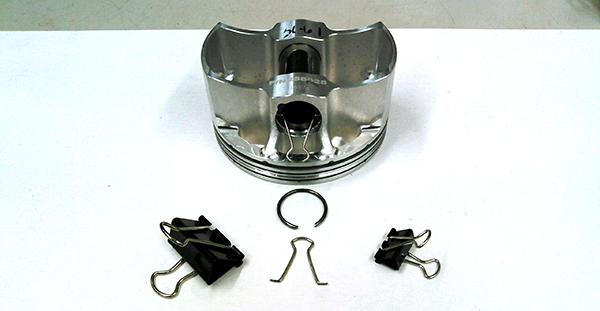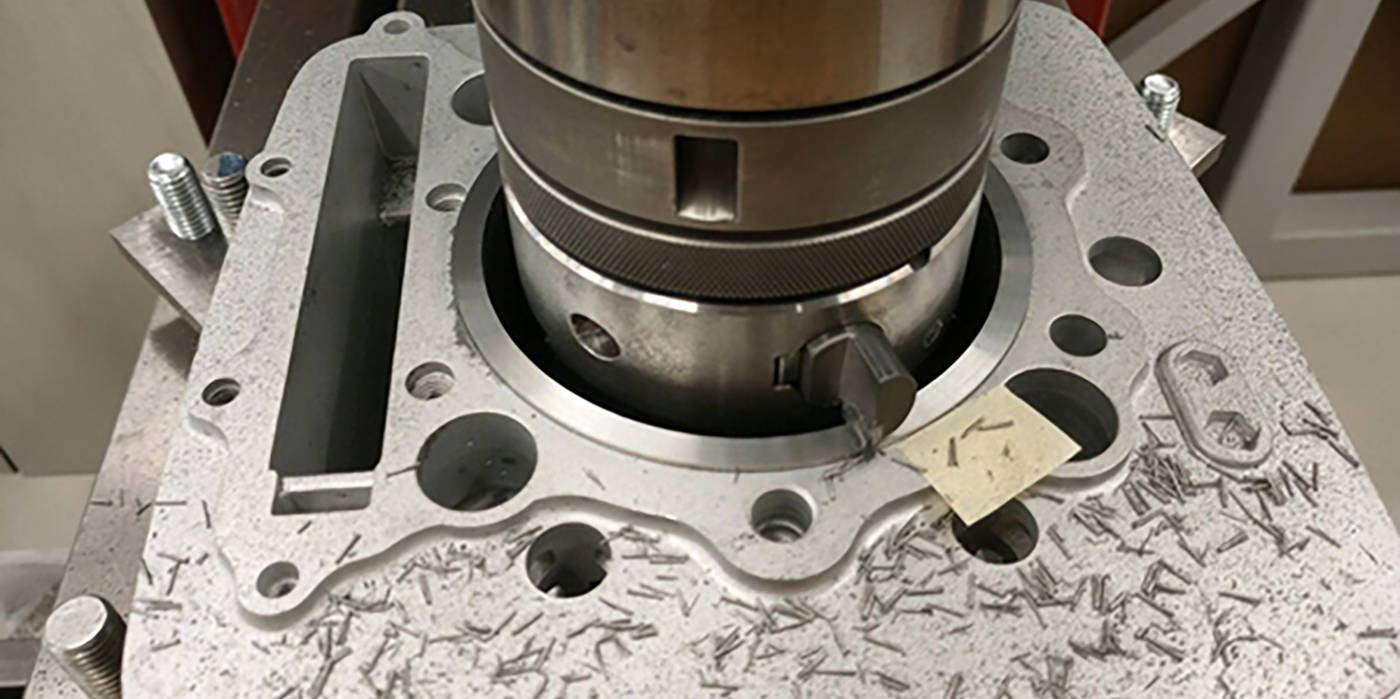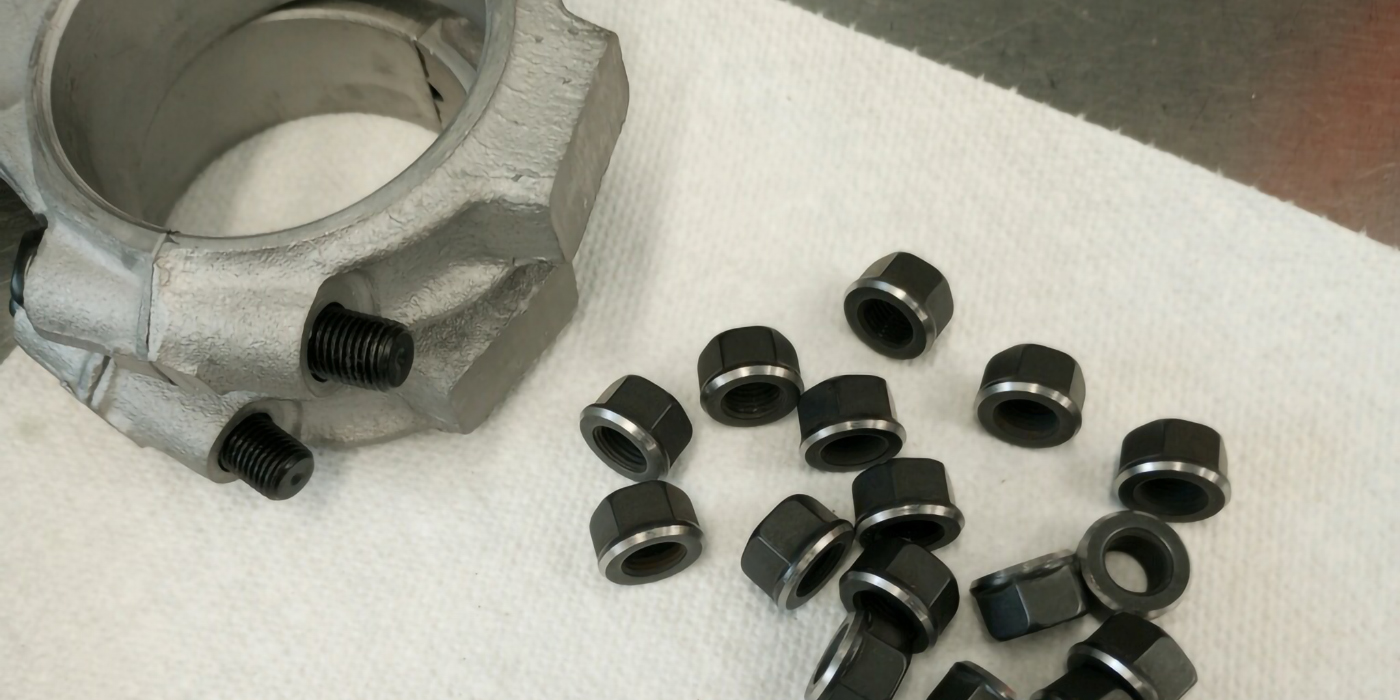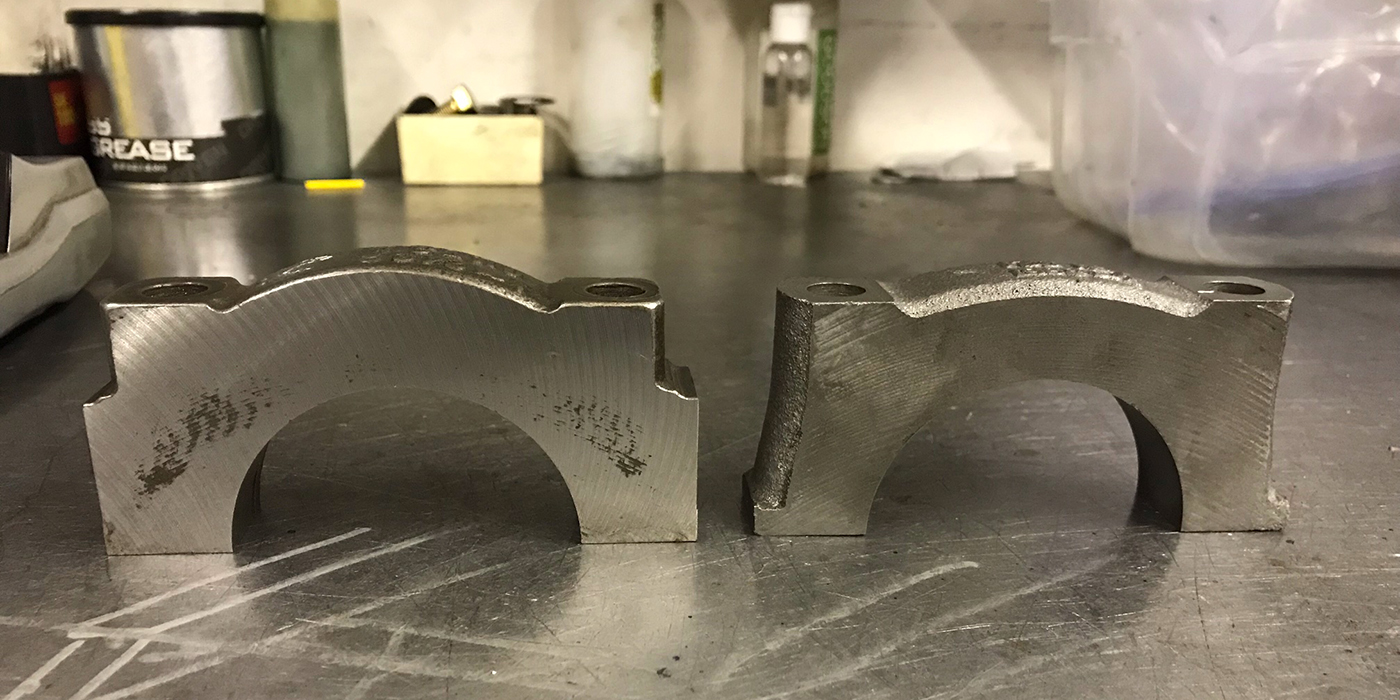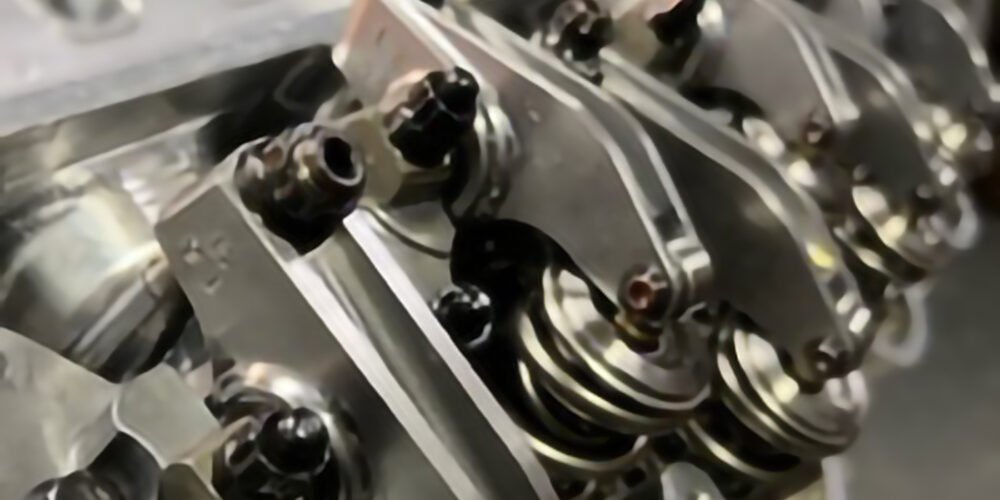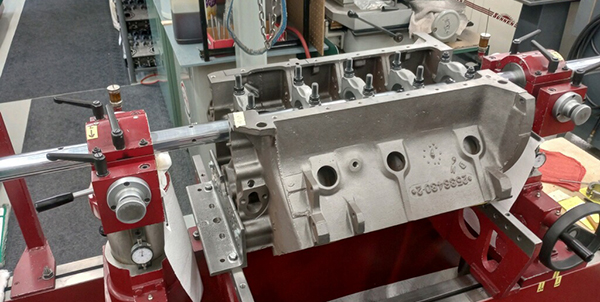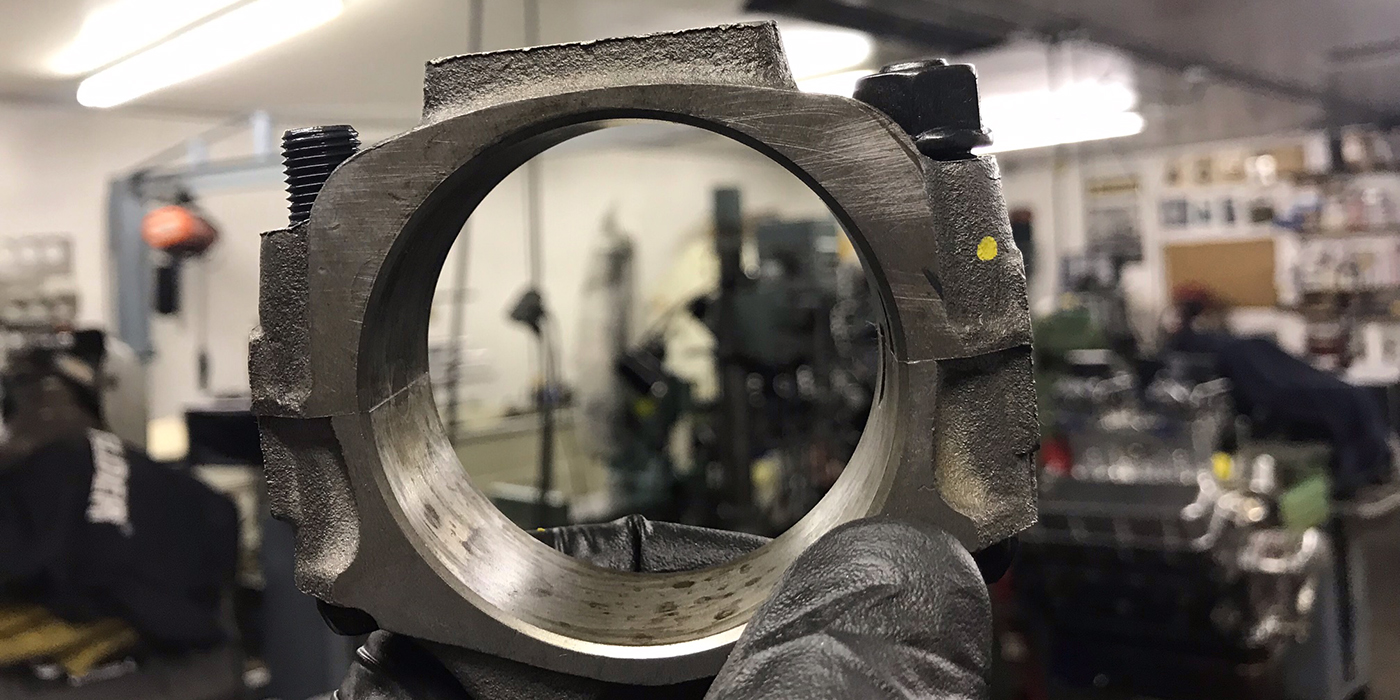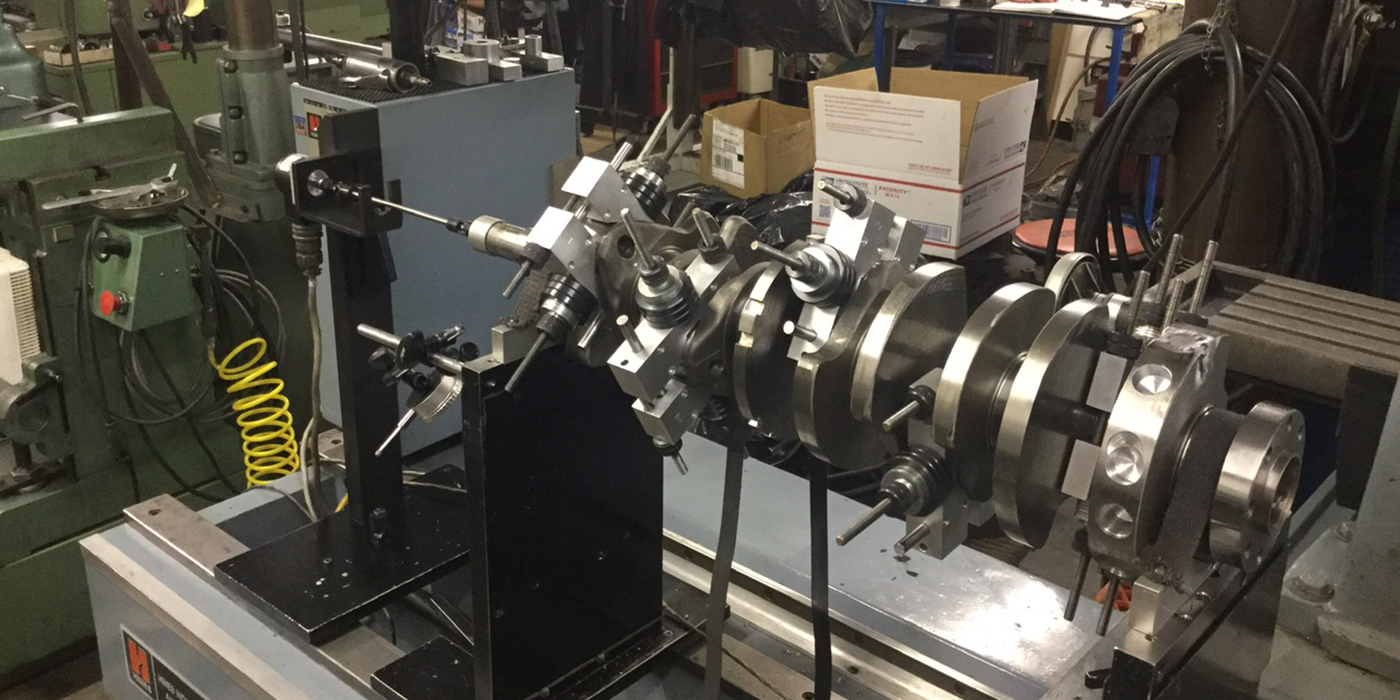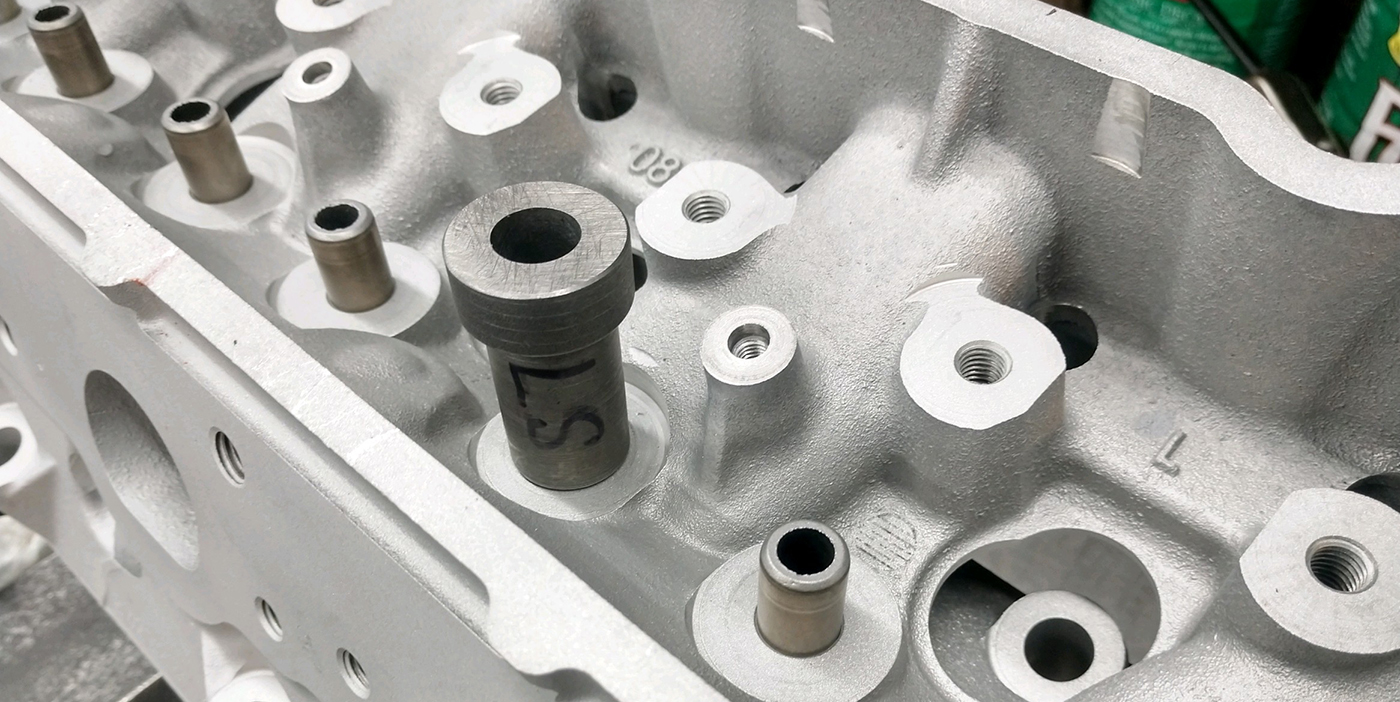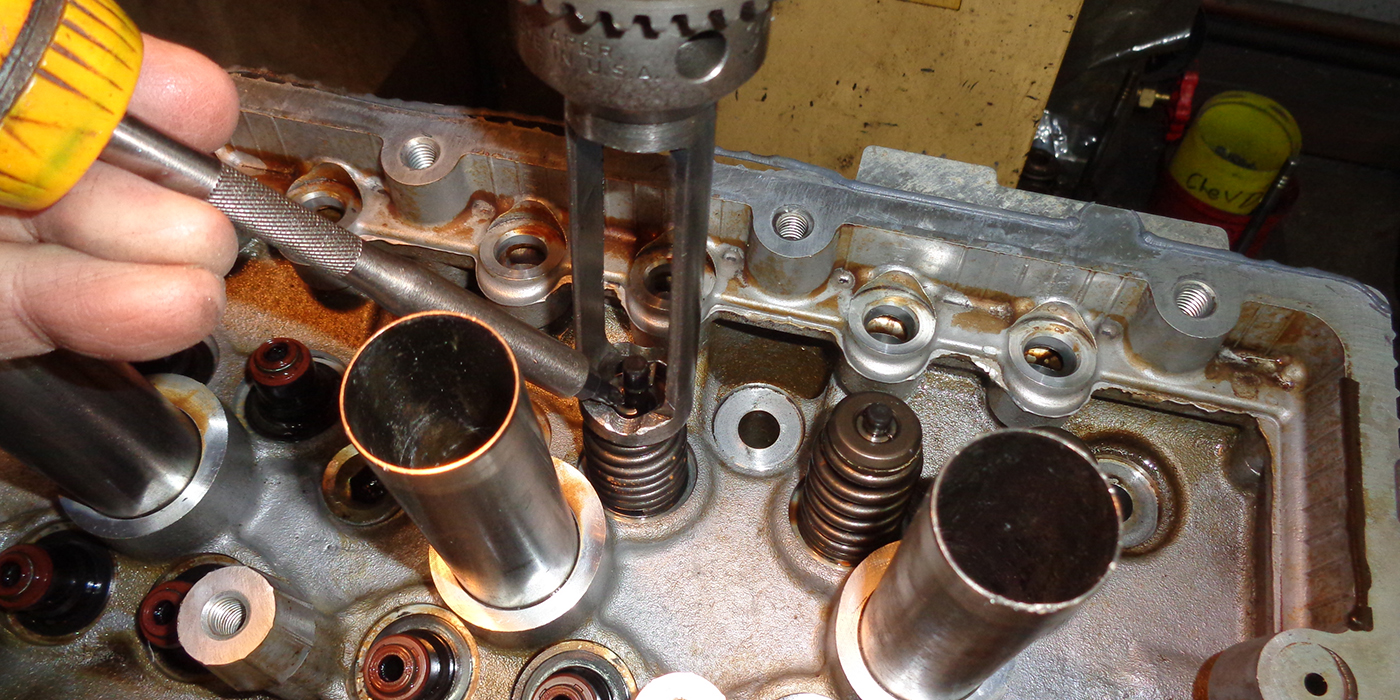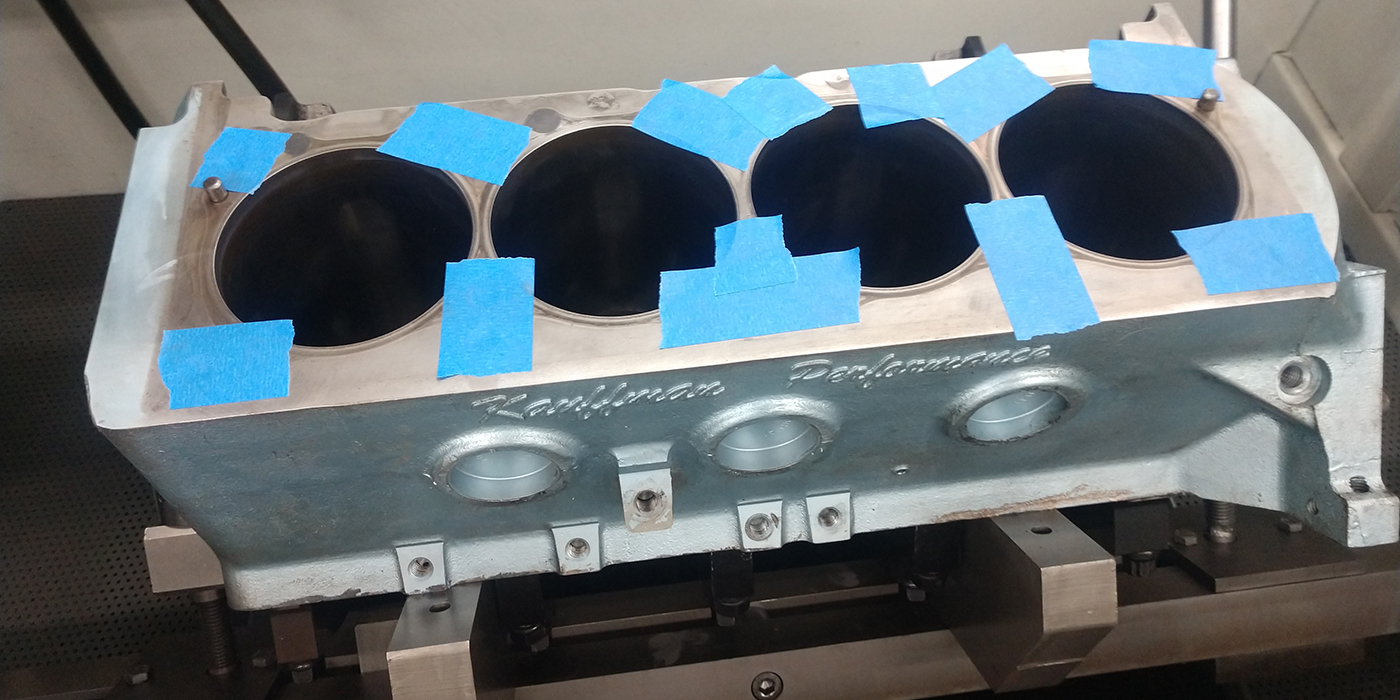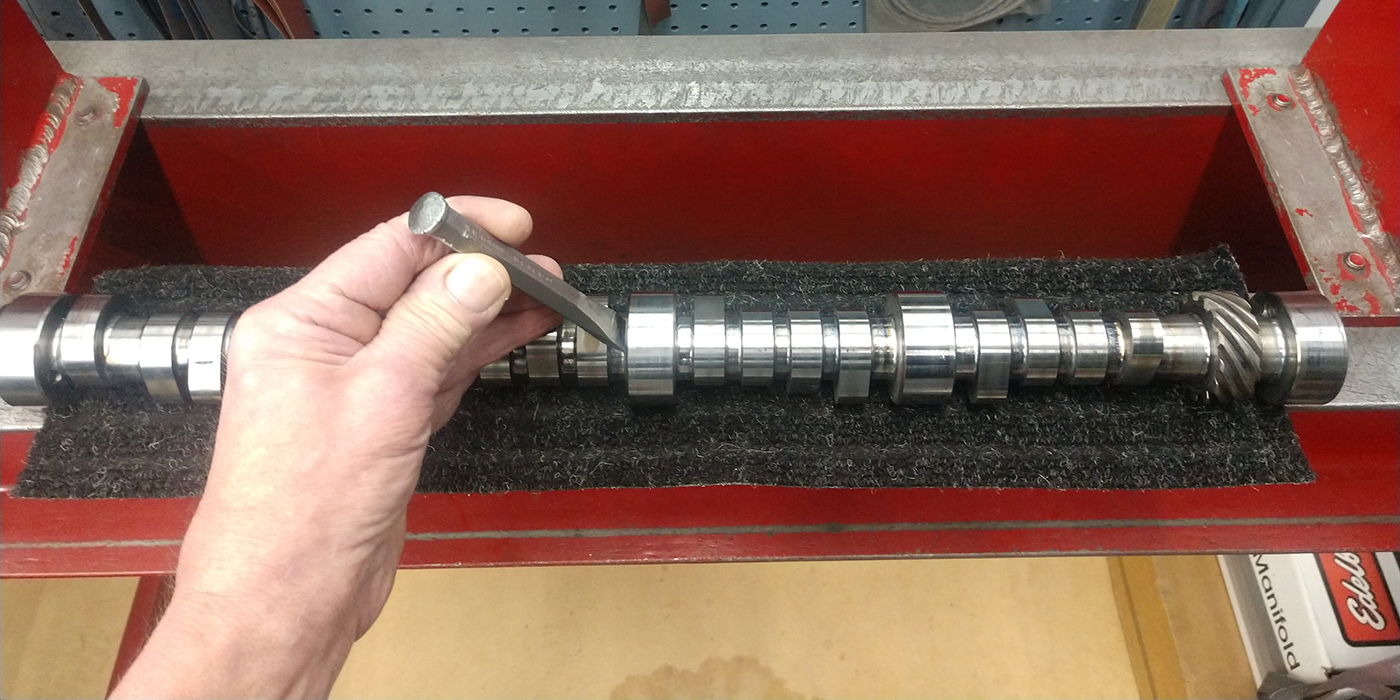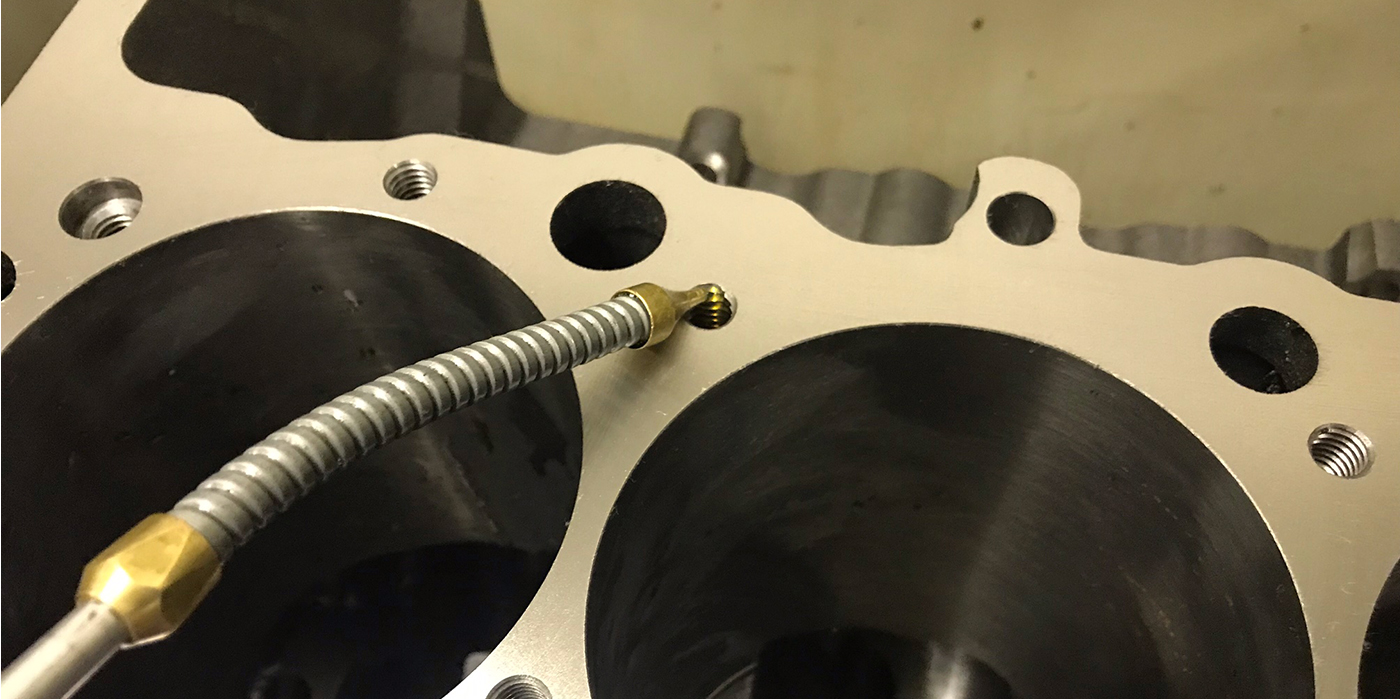PAPER CLAMP PIN CLIP
Some piston pin clips can be a bear to install. If not supported right, the first one will push in too far or can be hard to seat. My solution uses office supplies to solve a shop problem.
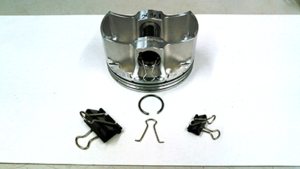
I lube and install the piston pin and then use the arm or wing of a paper clamp to keep the pin in place while I push in and seat the first clip. These clamps are available in various sizes, depending on the size of the clip. Once removed from the clamp, it may need to be spread apart to fit the diameter of the hole. Once in and with a piston pin resting against it, it will not fall out, but is easily removed when you turn things over to install the second side clip.
I keep a magnet hanging above the work bench that holds a few different sizes.
Randy Quam
Competition Engines
Eagan, MN
CAM FIT INSURANCE
We often just get the job of installing cam bearings, even if we’re not assembling the engine. We keep a supply of old camshafts around to use for a test fit. This is good insurance against our customer having a problem when it comes time to assemble the engine.
Customers don’t understand that bearings are bored in the block from the factory and core shift or tight cam bores can affect the fit of the camshaft in the new bearings. If we don’t check, the odds are the customer won’t either.
Kenny Burns
Harry’s Machine Works
Dodge City, KS
TIME IS MONEY
With certain jobs in the shop, setup time can be a big factor. I keep detailed notes and sometimes pictures of particular setups to save time. For instance, I have “crib sheets” for many set ups on the line boring machine. Block to machine head, direction, riser position and bearing riser location from the beginning of the ways are noted as well as center support location. I’ll even have mic settings for specific jobs as well. I’ve been able to trim the time it takes to do many jobs by quite a bit. This actually saves your customer money and keeps them bringing the jobs in. For those who use flat rates, you make more money.
The same thing goes with honing. Recording honing procedures and surface qualifications on specific blocks takes out the trial and error of establishing the perimeters you are trying to achieve. Follow your previous/known protocol, validate it with the profilometer and complete the job.
Ron Flood
Cedar Machine
North Branch, MN
FAST AND FURIOUS FLYWHEEL FIX
To all the fast and furious, turbocharged, side stepping clutch crowd, this one’s for you. Many Japanese flywheels are step cut. Often when a clutch blows up, by the time you surface the face, the step is gone.
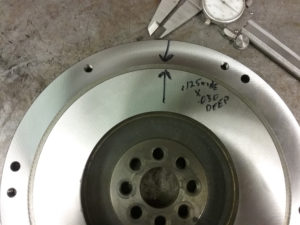
To keep the factory depth on the step and keep the outer edge a little cooler, I put the flywheel on the brake rotor lathe and cut a .030˝ deep x .125˝ wide groove on the pressure plate side of the face. When you surface the step out of it, you now have a reference point to put the step back in. This saves a lot of time and keeps you from having to call the customer to bring the clutch disc to set the diameter.
Henry Satterfield
Satterfields Machine Shop, LLC.
Cayce, SC
TODAY’S TIMING FAILURES
Timing components are more complicated then ever, and today’s components were designed to last well over 100,000 miles, with proper maintenance. Sadly, often due to poor maintenance and falsely stated factory oil maintenance claims, many timing components are failing prematurely. The problem is, some do not know how to diagnose what caused the failure in the first place, and are caught in a bad place when it fails again.
Oil pressure is the primary source of tension on these long OHC timing chains. This pressure is focused in the tensioner and it’s sliding piston that extends out to a rubbing block or arm that is designed to keep tension on that chain. The guides do just that: guide or offer a path for the chain to run. They are not on the pressure side of the rotation.
Broken guides are a sign of a tensioner problem – they do not break on their own. A lack of oil pressure causing a tensioner not to extend, or a tensioner that has contamination and cannot extend will allow the chain to go slack and whip around. This will indeed break guides.
New tensioners often get a bad rap when there is a second failure, when it is usually caused by contamination and sludge in the old oil. If you tip your tensioner over and allow oil to drain out, you’ll see the sludge and particulate matter that is fouling it up. The original failed for a reason and unless you remove that reason entirely from the crankcase, it will find its way into the new tensioner.
Further, some installers do not have the proper tools to do the job and some of them simply do not have the know how to properly install them due to the complexity of the timing system. Always follow the manufacturer’s torque spec for each of the tensioner bolts so as not to damage it, and always use the OEM-specified oil type and viscosity. Many late-model vehicles specify synthetic oil and the performance of the system can be compromised if corners are cut and the wrong oil is installed.
Engine Pro Tech Committee

